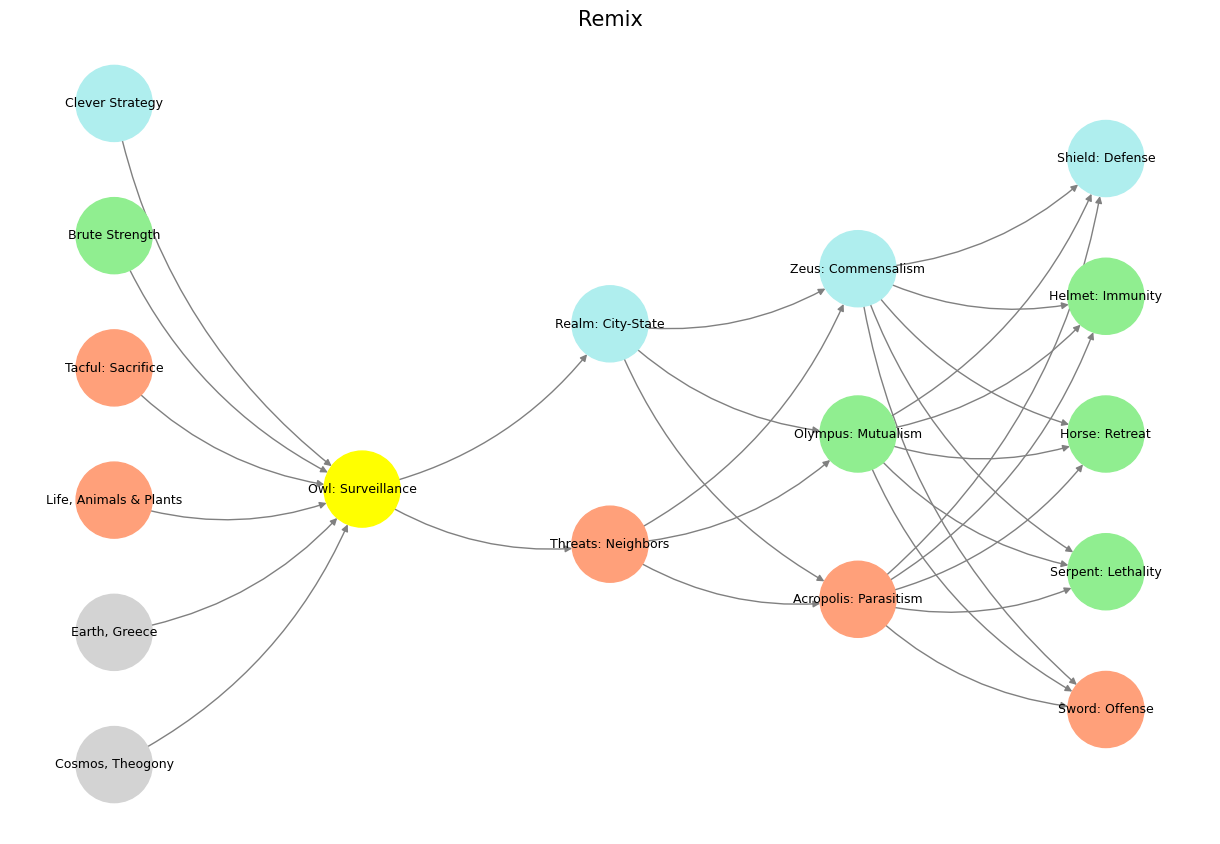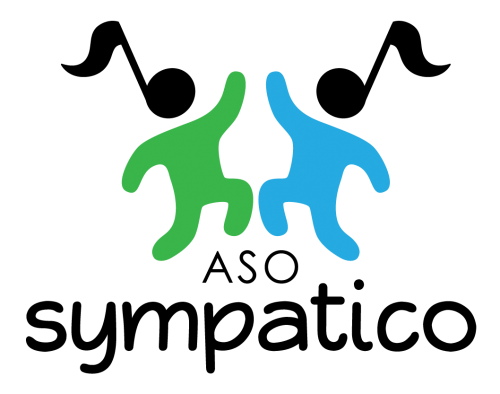Base#
The Dream of Flight: Violating Gravity’s Pre-Input Rule
Dreams of flight have long captivated the human imagination, symbolizing freedom, transcendence, and the exhilarating possibility of defying the natural order. Your recurring dreams of flight—whether in a Superman pose, executing a reverse dolphin kick, or piloting an F-15—offer a fascinating lens through which to explore the concept of agency, the interplay of rules and violations, and the dynamics of the pre-input layer in your neural network framework.
Flight as the Antithesis of Curtailed Agency#
If the dream of immobility reflects a curtailed agency—a cosmic “thou shalt not”—then the dream of flight represents its opposite: the exhilarating violation of that restriction. Gravity, the immutable pre-input rule of our waking reality, is rendered negotiable in your dream state. This reversal is not simply a suspension of physical laws but a profound psychological and symbolic act of liberation. By taking flight, you transcend the boundaries of biological and societal constraints, transforming what is ordinarily a static input layer (gravity) into a dynamic playground for exploration.
The juxtaposition between these dreams of flight and your earlier dream of restraint is striking. In the former, you are trapped by forces you cannot see; in the latter, you overcome the most visible and omnipresent force in existence. Flight is an act of agency amplified, a realization of potential unbounded by the laws that govern your waking world.
Forms of Flight and Agency#
The specific modes of flight in your dreams—Superman’s posture, the reverse dolphin kick, and piloting an F-15—each carry distinct symbolic weight and reflect different dimensions of agency:
Superman Pose: This archetype of flight is pure embodiment, a fusion of body and will. Flying in this manner suggests a direct, unmediated relationship between your inner desires and external reality. It reflects an agency so complete that intention and action are indistinguishable, a perfect output from the hidden layer’s combinatorial space.
Reverse Dolphin Kick: This form of flight is grounded in skill and mastery, echoing your waking efforts to perfect the technique underwater. It represents agency through iteration—a learned and refined ability to manipulate your environment, even if the “environment” in this case is a dreamscape defying gravity. This dream captures the joy of growth through effort, where each movement is both artful and purposeful.
F-15 Pilot: Unlike the other forms, piloting an F-15 introduces a layer of technological mediation. Here, agency is extended and amplified through a machine—a tool that allows you to traverse vast distances and reach incredible heights. This mode of flight reflects the human propensity to augment natural limitations through ingenuity, turning impossibility into reality. It also brings an adversarial element: the F-15, a military aircraft, symbolizes power and control, perhaps even conquest.
Violating the Pre-Input Rule#
At its core, the dream of flight is an act of rebellion against the pre-input layer rule of gravity, a foundational law that binds all physical existence. In your neural network framework, this pre-input layer condenses the immutable truths of nature and social structures. To violate such a rule is to assert a kind of cosmic agency, stepping outside the deterministic bounds of the system.
This act of defiance, however, is not reckless—it is deeply creative. By breaking the rule of gravity, your dreams open up the hidden layer’s combinatorial space, allowing you to explore configurations that would otherwise remain untapped. The outputs are transformative: instead of a frustrated potential, you achieve realized action, symbolized by the freedom and exhilaration of flight.
Flight as Iteration and Transformation#
Your description of the reverse dolphin kick highlights an intriguing aspect of flight in your dreams: its iterative quality. This form of motion is not innate but learned, refined through practice and discipline. It mirrors the iterative strategies in your neural network model, where repeated adjustments and feedback loops lead to mastery. The dolphin kick, both in water and in dreams, becomes a metaphor for the power of iterative agency to overcome even the most fundamental constraints.
In contrast, the F-15 represents a different pathway: adversarial agency. Here, the act of flight is not merely an exploration of possibilities but a challenge to the established order, a direct confrontation with the limitations imposed by nature. The machine becomes an extension of your will, a tool for transformation that shifts the balance of power from gravity to human ingenuity.
The Symbolism of Flight#
Dreams of flight are rich in symbolism, resonating with themes of transcendence, freedom, and aspiration. In mythology, figures like Icarus and Daedalus embody both the allure and the danger of defying gravity’s rule. Your dreams, however, seem less concerned with the consequences of this defiance and more focused on the joy and possibility it brings. Flight becomes a state of pure potential, where the rules of the waking world are rewritten to suit the dreamer’s desires.
The posture of your flight—face down like Superman or face up executing a reverse dolphin—also speaks to your relationship with agency. Flying on your stomach suggests forward momentum, a proactive engagement with the world. Flying on your back, by contrast, implies trust and surrender, allowing the forces of the dream to carry you upward even as you direct their flow. Both forms highlight different aspects of agency: the former as active and deliberate, the latter as receptive and adaptive.
Conclusion: Flight as Liberation#
Your dreams of flight stand in stark contrast to the earlier dream of immobility, offering a vision of what it means to transcend the constraints of the pre-input layer. Whether through the raw embodiment of Superman, the learned mastery of the dolphin kick, or the technological augmentation of the F-15, these dreams reveal the myriad ways agency can manifest when freed from its usual restraints.
In the language of your neural network framework, flight is the ultimate output—a realized potential that emerges from the hidden layer’s untapped possibilities. It is a testament to the power of imagination to rewrite the rules of existence, transforming the static inputs of reality into the dynamic outputs of a dream. In this sense, flight is not just a violation of gravity; it is an affirmation of the human spirit’s ability to rise above, to explore, and to create anew.
Show code cell source
import numpy as np
import matplotlib.pyplot as plt
import networkx as nx
# Define the neural network structure
def define_layers():
return {
'World': [
'Cosmos, Theogony', 'Earth, Greece', 'Life, Animals & Plants',
'Tacful: Sacrifice', 'Brute Strength', 'Clever Strategy'
],
'Perception': ['Owl: Surveillance'],
'Agency': ['Threats: Neighbors', 'Realm: City-State'],
'Generativity': [
'Acropolis: Parasitism', 'Olympus: Mutualism', 'Zeus: Commensalism'
],
'Physicality': [
'Sword: Offense', 'Serpent: Lethality', 'Horse: Retreat',
'Helmet: Immunity', 'Shield: Defense'
]
}
# Assign colors to nodes
def assign_colors():
color_map = {
'yellow': ['Owl: Surveillance'],
'paleturquoise': [
'Clever Strategy', 'Realm: City-State', 'Zeus: Commensalism',
'Shield: Defense'
],
'lightgreen': [
'Brute Strength', 'Olympus: Mutualism', 'Helmet: Immunity',
'Horse: Retreat', 'Serpent: Lethality'
],
'lightsalmon': [
'CosmosX, Theogony', 'EarthX, Greece', 'Life, Animals & Plants',
'Tacful: Sacrifice', 'Acropolis: Parasitism', 'Sword: Offense',
'Threats: Neighbors'
],
}
return {node: color for color, nodes in color_map.items() for node in nodes}
# Calculate positions for nodes
def calculate_positions(layer, x_offset):
y_positions = np.linspace(-len(layer) / 2, len(layer) / 2, len(layer))
return [(x_offset, y) for y in y_positions]
# Create and visualize the neural network graph
def visualize_nn():
layers = define_layers()
colors = assign_colors()
G = nx.DiGraph()
pos = {}
node_colors = []
# Add nodes and assign positions
for i, (layer_name, nodes) in enumerate(layers.items()):
positions = calculate_positions(nodes, x_offset=i * 2)
for node, position in zip(nodes, positions):
G.add_node(node, layer=layer_name)
pos[node] = position
node_colors.append(colors.get(node, 'lightgray')) # Default color fallback
# Add edges (automated for consecutive layers)
layer_names = list(layers.keys())
for i in range(len(layer_names) - 1):
source_layer, target_layer = layer_names[i], layer_names[i + 1]
for source in layers[source_layer]:
for target in layers[target_layer]:
G.add_edge(source, target)
# Draw the graph
plt.figure(figsize=(12, 8))
nx.draw(
G, pos, with_labels=True, node_color=node_colors, edge_color='gray',
node_size=3000, font_size=9, connectionstyle="arc3,rad=0.2"
)
plt.title("Remix", fontsize=15)
plt.show()
# Run the visualization
visualize_nn()

#
Fig. 22 From a Pianist View. Left hand voices the mode and defines harmony. Right hand voice leads freely extend and alter modal landscapes. In R&B that typically manifests as 9ths, 11ths, 13ths. Passing chords and leading notes are often chromatic in the genre. Music is evocative because it transmits information that traverses through a primeval pattern-recognizing architecture that demands a classification of what you confront as the sort for feeding & breeding or fight & flight. It’s thus a very high-risk, high-error business if successful. We may engage in pattern recognition in literature too: concluding by inspection but erroneously that his silent companion was engaged in mental composition he reflected on the pleasures derived from literature of instruction rather than of amusement as he himself had applied to the works of William Shakespeare more than once for the solution of difficult problems in imaginary or real life. Source: Ulysses#

